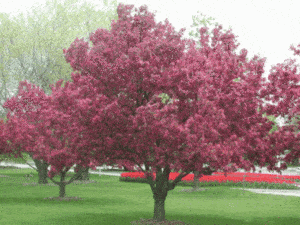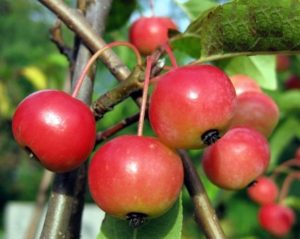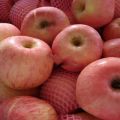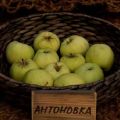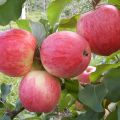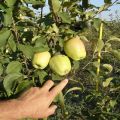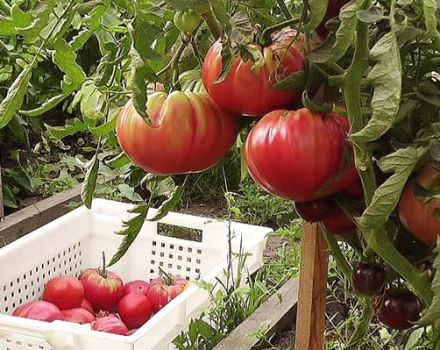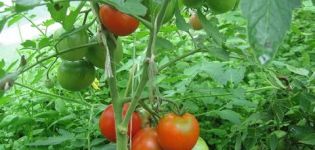Characteristics and description of the apple variety Ainur, tasting assessment and disease resistance
Apple tree Ainur - prima of winter varieties. The plant stands out for its winter hardiness and disease resistance. Fruits are endowed with high taste and long shelf life. The harvest is well stored until spring. Due to its compact size, it is suitable for growing in small areas. With minimal maintenance, the crop will delight with an annual bountiful harvest.
Description of the variety
Basic description of the apple tree:
- adapted to low temperatures, easily tolerates frost down to -25 degrees;
- belongs to the winter variety;
- good presentation of fruits;
- high taste;
- seedlings take root well.
What are the advantages and disadvantages?
The advantages of the variety:
- excellent frost resistance;
- resistance to fungal diseases;
- endures drought;
- in regions with different weather conditions, the culture bears fruit equally;
- fruits are stored until May.
No flaws were found in the variety.
The main characteristics of the apple tree Ainur
The fruits are consumed fresh and processed into juice. Thanks to the high yield, you will enjoy the amazing taste of apples for a long time. The tree is self-pollinated, but to increase the number of fruits, it is recommended to plant the Paradise apples variety.
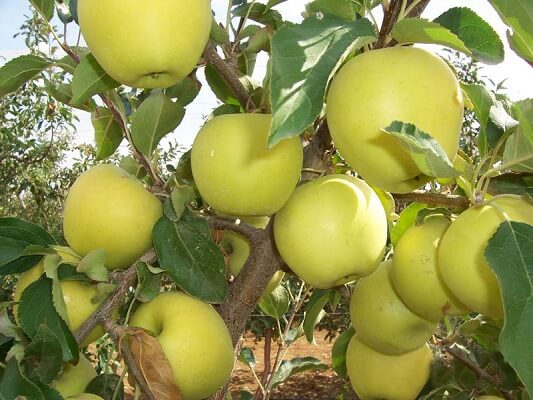
Dimensions of the tree
Basic description:
- In an adult stem, the crown is compact and rounded. Takes up little space and creates a little shading around.
- The tree is medium in size. When it begins to bear fruit, every two years they get rid of dry branches, which provoke a decrease in yield.
- In the first two years, the plant develops rapidly. Branches grow up to half a meter per season. In the following years, the growth decreases, the main shoots grow no more than 10 centimeters.
- Pruning must be done every season. Shoots are shortened by 30 centimeters in the spring for the first two seasons. Then it is enough to trim 8 centimeters.
Pruning of branches is done annually, otherwise the main amount of nutrients will go to the crown, as a result of which the apples will grow small and not so tasty.
Ripening terms
The plant begins to bloom late, towards the end of May. This allows you to get a bountiful harvest annually, since at this time the likelihood of night frosts passes. Fruit ripens at the end of September. It is recommended to remove them immediately, which will preserve their transportability.
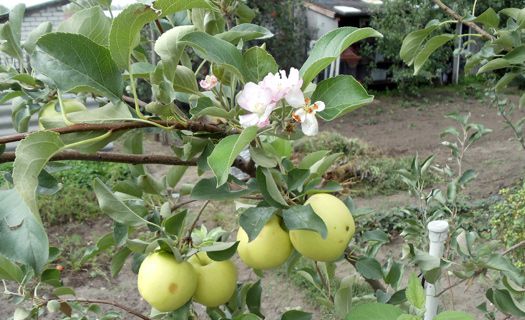
Fruit assessment
Apples have repeatedly participated in various tasting competitions, where they received certificates and diplomas. This confirms their high taste.
According to the tasting assessment, the fruits were assigned 4.8 points. This is a good result, as the tasting is carried out by renowned gourmets.
Fruit:
- grow up to weigh 140 g;
- grow in the same size;
- rounded;
- the pulp is creamy, juicy;
- yellow color;
- endowed with a pleasant, rich aroma;
- sweet and sour to taste.

For long-term storage, the following rules are followed:
- Stored in the basement. The humidity is kept low.
- The temperature regime is maintained at about +4 degrees.
- The fruits should not be exposed to sunlight.
- Store in wooden packages, after wrapping each apple in paper. Spread out in three layers.
The fruits are very juicy, so the harvest is suitable for abundant harvesting of juice.
Fruiting
Distinctive features:
- Ainur belongs to the early-growing variety. The culture begins to bear fruit from the third year.
- A plant planted on a dwarf rootstock bears fruit the next year. The fruits are characterized by simultaneous ripening, which makes harvesting easier.
- The crop has a high yield. The apple tree bears fruit without interruption. The harvest is 25 kilograms per tree.
- Apples adhere perfectly to the branches and do not fall off.

To increase fruiting, pollinators are planted nearby. Pollen from a different variety can help increase yields. Recommendations for choosing a pollinator:
- varieties must bloom and bear fruit at the same time;
- the pollinator must have abundant pollen;
- should bloom and bear fruit every season.
Ainur and the pollinator are planted at the same time. The distance between the varieties is maintained at half a meter.
Winter hardiness
The plant is able to adapt to any weather conditions. In winter it endures severe frosts. Drought tolerant on summer days. The tree belongs to the best winter variety and is suitable for universal use.
Diseases
The variety has a high rate of resistance to diseases caused by various types of fungi and to scab. In order for the tree to develop better, preventive measures are taken. Recommended:
- remove damaged shoots and leaves;
- whitewash the trunks;
- feed regularly with fertilizers.
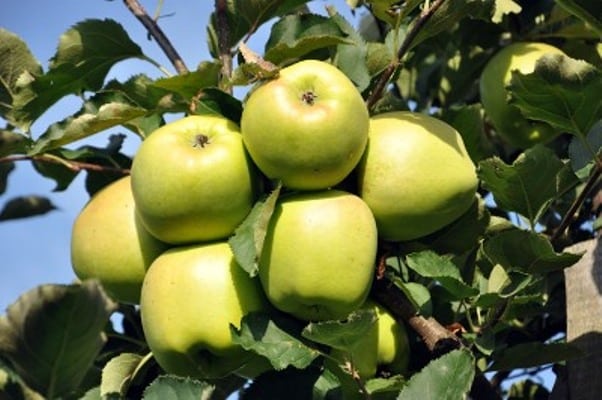
If the recommendations are followed, the plant will grow healthy and give a bountiful harvest.
Distribution regions
Any region is suitable for growing. Growing:
- in Siberia;
- in the middle lane;
- in the Black Earth Region;
- in Russia;
- in Kyrgyzstan;
- In Kazakhstan;
- in Belarus.
The tree is unpretentious in maintenance and gives a high yield under changeable weather conditions. In regions with harsh winters, planting sites are chosen that are well protected from the cold wind. It is recommended to cover the seedlings for the first three years.
